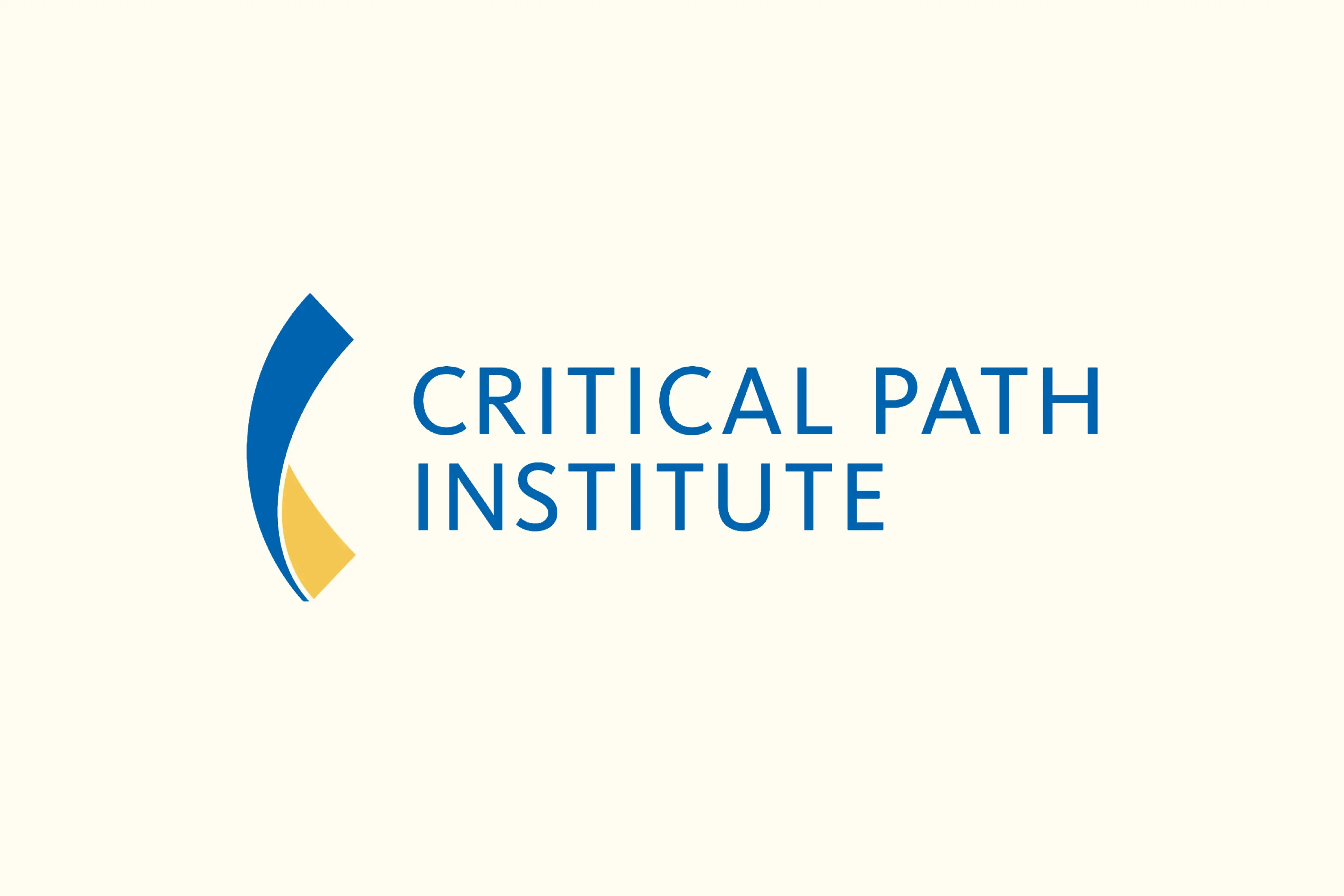By Bringing Patients’ Voices to the Forefront, Sarcoma Advocates Illustrate Community’s Innovative Impact
By Claire Bassetti
Sarcomas are cancers that develop from the tissues that hold together the human body, (known as connective tissues). These include bones and soft tissues, such as fat, muscles, and nerves. Although rare, there are over 100 different sarcoma subtypes with approximately 17,000 new sarcoma diagnoses each year in the United States. Critical Path Institute’s (C-Path) CURE Drug Repurposing Collaboratory (CDRC) and the U.S. Food and Drug Administration’s (FDA) CURE ID app are expanding beyond the initial focus on infectious diseases into the realm of oncology and, specifically, sarcoma. With such expansion, it is important to highlight some incredible advocates who are helping lead the effort on drug repurposing in advancing treatment options for sarcoma research.

One of CDRC’s dedicated partners, Denise Reinke, has helped connect CDRC to the sarcoma patient community. Denise is the sarcoma research director at the University of Michigan. Prior to University of Michigan, she was a nurse practitioner who took care of sarcoma patients. She also helped create a coalition of sarcoma groups, created a research advocacy council, was the president/CEO of the Sarcoma Alliance for Research (SARC) and currently sits on the board of the Sarcoma Patient Advocacy Global Network (SPAGN). Denise leads the “Patient Advocate Drug Repurposing Task Force,” which is comprised of CDRC members, sarcoma patients and sarcoma patient advocates. This task force focuses on bringing sarcoma patients’ voices to the table in an organized way.
“In a rare disease like sarcoma, having a patient advocacy community and having a collective voice to help the clinical and research community to understand the patient side of these diseases is critical,” Reinke said.

Within her role as a CDRC partner, Denise introduced Lisa DeYoung to CDRC and the patient advocate drug repurposing task force. In 2011, Lisa was diagnosed with a rare sarcoma subtype, called Epithelioid hemangioendothelioma (EHE). This diagnosis started her sarcoma journey. She is now a 12-year survivor and has been in the sarcoma field for over a decade, playing multiple important roles. First, and foremost she is an EHE patient and survivor. She also is the EHE Foundation Co-founder and past Director of Patient Services, a long-time sarcoma advocate and passionate sarcoma educator.
The EHE Foundation, which is a strong collaborator in the CDRC sarcoma project, has grown through Lisa’s passion and now has nearly 2,600 international members representing over 80 countries worldwide. The EHE Foundation was established in 2015 by Heidi Chatterton, Lisa De Young, Jane Gutkovich, Gayla Loller, and Julie Wahl.

Lisa also became involved with SARC when she was asked to participate in the Research Advocacy Council (RAC), which she still sits on today. She currently serves on the Sarcoma Coalition Steering Committee and several FDA patient advocacy panels. “Through these efforts I saw the need to really connect with the broader sarcoma community,” Lisa said, “I really feel like we have a lot of what it takes to solve the mysteries of sarcoma, not just EHE.”
Both Denise and Lisa are important voices in the CDRC’s “Patient Advocate Drug Repurposing Task Force.” They are both powerhouse sarcoma advocates and help CDRC align on sarcoma patient and patient advocate views. “Without patient involvement, there is no research. The patient component is really the most critical,” De Young said.
Through both Denise and Lisa’s stories you can feel their passion for sarcoma advocacy and their will to propel sarcoma research forward. “At the end of the day, whether you have EHE or angiosarcoma or any of the other 100 subtypes of sarcoma, we are all united in the same goal of wanting to save lives and impact our patient communities,” De Young added.
Through their collaborative work with the CDRC, Denise and Lisa continue their work advancing sarcoma awareness and improving lives, together.
What’s Next for the CDRC?
C-Path’s CDRC is collaborating with xCures and EHE Foundation to Impact and Support Sarcoma Treatment Innovation through Drug Repurposing. For more information visit our CURE ID App and the xCURES website.
The CURE Drug Repurposing Collaboratory is committed to expanding the CURE ID app to include other diseases including rare diseases, rare cancers and ultrarare cancers. For rare cancers and ultrarare cancers, CDRC is working on a particularly problematic cancer known as sarcoma which begins in bone or in the soft tissues of the body, including cartilage, fat, muscle, blood vessels, fibrous tissue, or other connective or supportive tissue. Its rarity also makes it exceedingly difficult to standardize treatment as the disease is heterogeneous and consequently nearly impossible to study in clinical trials.
Under the auspices of CURE ID for oncology, clinical sarcoma experts, patients, care partners, FDA, NCATs and the CDRC team has now finalized a Clinician Case Report Form (CCRF) for sarcoma that is live on the CURE ID website.
The beta testing version of the clinical sarcoma CRF is now available for testing and providing user feedback. CDRC will be conducting formal user-testing of the Sarcoma Clinician Case Report Form in July and August, specifically focused on collecting cases of angiosarcoma, perivascular epithelioid cell tumor (PEComa) and epithelioid hemangioendothelioma (EHE). Please email CDRC@c-path.org if you would be interested in participating. The Patient sarcoma CRF is currently being created and will be available in the coming months. Stay tuned for the updates and expansions that are brought to CURE ID and the CDRC.





